Today (18 July 2018) we celebrate the centenary of Nelson Mandela’s birth in the hamlet of Mvezo, near Mthatha in South Africa’s Eastern Cape Province. Madiba, Rolihlahla, Tata, Khulu, Dalibhunga, no matter how you know or refer to him, he is the symbolic father of our democratic nation. Nelson Mandela’s legacy and life work – alongside his fellow freedom fighters – attracts millions of tourists to South Africa each year. If you’re looking for a Mandela-inspired road trip around South Africa, you can walk in the footsteps of this larger-than-life legend with the free Madiba’s Journey App. It covers 27 Mandela-related sites – one for each year that he served in prison. These memorials, monuments, museums, landmarks and tourist attractions are spread out across four South African provinces – the Western Cape, Eastern Cape, Gauteng and KwaZulu-Natal, though there are, of course, many others peppered across the country, below are just a few.
The app features world-renowned sites that many people know of, such as the Apartheid Museum, Capture Site, Parliament and Liliesleaf, as well as lesser known sites that I hadn’t even heard about. The GPS-enabled app uses location-based services to provide real-time information, such as weather and distance to the nearest site or the next one on your itinerary. Each site includes a write up, audio guide, contact details, map previews and galleries. The app is available for free download in the iTunes Store and the Google Play Store and is available in Afrikaans, English, Xhosa, Zulu and six other international languages.
Nelson Mandela Tourist Sites in the Western Cape
1. Robben Island and the 46664 prison cell – Cape Town
It was here, confined to a small cell (that was only 2.4 x 2.1 metres in size) with only a sleeping mat and a bucket toilet, that Madiba served 18 of his 27-year sentence and became one of the world’s best known political prisoners. He worked the limestone quarries day-in, day-out alongside freedom fighters such as Ahmed Kathrada, Walter Sisulu, Robert Sobukwe and Govan Mbeki. Other former South African presidents who were imprisoned here include Kgalema Motlanthe and Jacob Zuma. Today, Robben Island is one of South Africa’s 10 UNESCO World Heritage Sites, is a short boat trip ride away from Cape Town and can be visited half a day.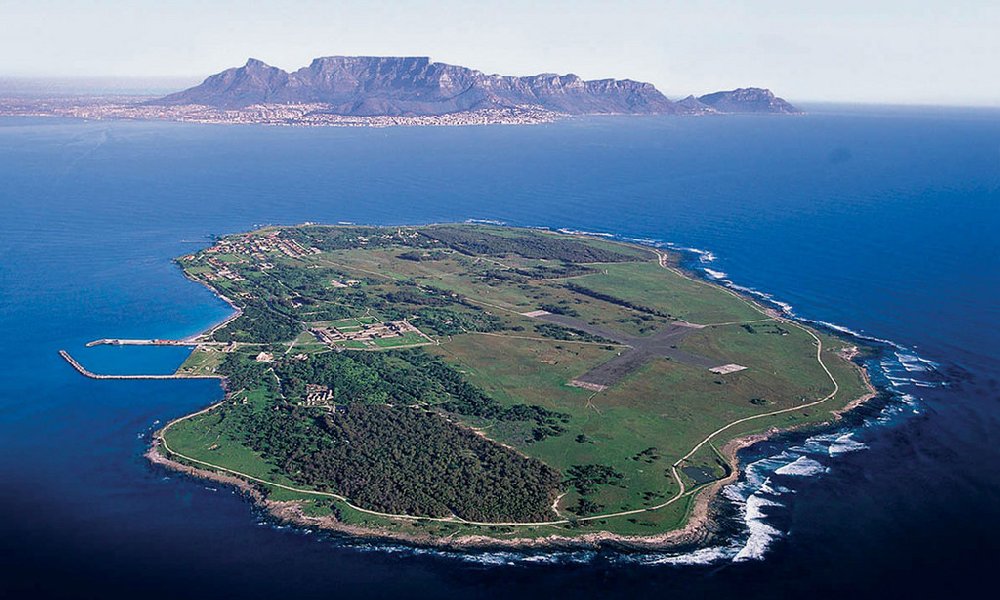
Nelson Mandela Tourist Sites in Gauteng
2. Mandela’s House Museum on Vilakazi Street and The Hector Pietersen Museum – Soweto
Along South Africa’s most famous street – where two Nobel Peace Prize recipients once lived – is No. 8115 Vilakazi Street in Orlando West, Soweto. In his autobiography Nelson Mandela describes it as ‘The place marked X in my mental geography’. The restored matchbox municipal home contains photographs, letters and other memorabilia from the former statesman. Expect to be stirred to tears. Nearby are two other sites on the Madiba’s Journey app, the vibey Vilakazi Street and the Hector Pietersen Museum that pays tribute to the victims of the 1976 Soweto Uprising.
3. Nelson Mandela Bridge – Johannesburg
The 295-metre-long Nelson Mandela Bridge in downtown Johannesburg spans 42 railway tracks and connects Newtown and Braamfontein. Since its completion in 2003, as part of a rejuvenation project to modernise the inner city, it has become one of the city’s most recognisable urban landmarks and is illuminated with rainbow colours after sunset. To this day it remains Southern Africa’s largest cable-stayed bridge. Its entire length is best seen from the height of Randlords on the 22nd floor, which showcases spectacular 260-degree views of the city.
44. The Shadow Boxer and Chancellor House – Johannesburg
In 1952, Nelson Mandela alongside fellow ANC stalwart Oliver Tambo opened South Africa’s first black-owned law firm outside the Johannesburg Magistrate’s Court and located in Chancellor House. At the time, it was one of a few places where Africans could rent offices in the city centre, due to the restrictive Group Areas Act of 1950. While Chancellor House is not open to the public, you can read relevant historical facts about what life was like at the time and the firm’s history thanks to the informative sheets pasted to the windows. The imposing Shadow Boxer statue by local artist Marco Cianfanelli – with Madiba in his famous boxing pose that is symbolic of his freedom struggle – is found outside on 25 Fox Street. The six-metre-high painted steel statue is inspired by a world famous photograph of the young Nelson Mandela as an amateur boxer, which was taken by Drum photographer Bob Gosani.
During an inner-city walking tour with Past Experiences, we visited shop owner Hussein Bulbulia along Commissioner Street, who showed us what seemed to be an ordinary padded bar stool. It’s a chair from Nelson Mandela’s office at Chancellor House and still stands in the spot where he so often ate his lunch.
5. Father of the Nation Statue at The Union Buildings – Pretoria
During his time as president, Nelson Mandela’s offices were found in the Union Buildings, which is the seat of South Africa’s government. This is also where he was inaugurated as South Africa’s first democratically-elected president on 10 May 1994. On the lawns in front of the Union Buildings stands a 3.5-ton bronze statue with the former statesman in an open-arm embrace pose that is illustrative of his role as the Father of the Nation. It replaces the figure of former prime minister James Barry Hertzog, who was South African prime minister from 1924-1939, which has been relocated nearby
The statue was completed by Andre Prinsloo and Ruhan Janse van Vuuren and was unveiled on 16 December 2013 (the Day of Reconciliation in South Africa) to bring to a close the official 10-day mourning period after Nelson Mandela passed. Standing at nine metres high, it is the tallest statue of Nelson Mandela with an eight-metre wingspan of his outstretched arms, depicting his spirit of reconciliation. An interesting fact is that the statue was cast in 147 pieces at four foundries across South Africa before it was assembled over three weeks by 35 individuals.
6. The Apartheid Museum – Johannesburg
Since its opening in 2001, The Apartheid Museum has become a must-see museum on a trip to Johannesburg that is synonymous with 20th century South African history. The seven-hectare museum illustrates the rise and fall of apartheid through its use of space, design, landscaping, as well as the archival footage, artefacts and documentation that it catalogues. It is carefully curated by an expert team of historians, filmmakers and designers through 22 exhibition spaces. It draws visitors in with its emotional narrative of state-sanctioned racial discrimination. The Apartheid Museum is an open-air textbook and a noteworthy history lesson, especially for visitors with children.
7. Constitution Hill – Johannesburg
Constitution Hill is a former high-security prison complex that once held famous and ordinary prisoners within their walls, including Nelson Mandela and Mahatma Gandhi – both of whom were fighting for racial equality and dignity. During apartheid it was a detention centre for political dissidents, those who opposed the state, were considered anti-establishment, fought against the oppressive apartheid laws, as well as striking mine workers and anyone who dared step out of line. Before that it held prisoners of war from the two Anglo-Boer Wars (1899-1902). Its walls that kept so much inside, bear testament to South Africa’s turbulent past with personal testimonies from prisoners and their guards. Today, it is an interactive museum and home to the Constitutional Court, which aims to uphold the rights and dignity of all South Africans. The court also has an impressive private art collection that is worth seeing.
8.The Nelson Mandela Centre of Memory – Houghton, Johannesburg
Here you’ll find an exhibition about Mandela’s life that encourages dialogue on social issues that continue to face South Africa. It showcases Mandela’s post-presidential office (just the way it was when he retired from public life in 2010) and a recreation of his Robben Island prison cell, should you not have the time to visit it. The Nelson Mandela Centre of Memory in Houghton is also the headquarters of the Nelson Mandela Foundation and outlines his political career and his philanthropic work. This is where you will find his Nobel Peace Prize, which he jointly won in 1993 alongside former South African President F.W de Klerk. Make sure you book an appointment to visit the centre before arriving.
9. Liliesleaf Farm – Rivonia, Johannesburg
This was once the nerve centre of the liberation movement and a refuge for its leaders. Security police raided Liliesleaf on 11 July 1963. Today, it’s an award-winning heritage site, where the journey to democracy in South Africa is honoured. It was referred to by some as Lil’s Place and known to others by its codename Cedric – today the museum’s restaurant is called Cederic’s Cafe. There are guided or group tours that vary from 45 minutes to 3 hours. I was very fortunate to have photographed Denis Goldberg, another prominent freedom fighter, here a few years back on assignment for Forbes Africa.
Nelson Mandela Tourist Sites in KwaZulu-Natal
10. Nelson Mandela Capture Site – Howick
If you’re only passing through the KwaZulu-Natal Meander en route to Durban make sure you visit the Nelson Mandela capture site, which he vividly describes in his autobiography Long Walk to Freedom, when him and Cecil Williams were arrested on 05 August 1962.
“At Cedara, a small town just past Howick, I noticed a Ford V-8 filled with white men shoot past us on the right… I knew in that instant that my life on the run was over; my 17 months of ‘freedom’ were about to end,” wrote Nelson Mandela.
The site is now part of the Apartheid Museum. Entrance to the sculpture and exhibition hall are free, although they accept donations. As we walk along the pathway, which symbolises Mandela’s long walk to freedom, 50 steel poles come together to reveal his face. It’s an interactive artwork that allows us to walk between the poles, which were erected in 2012 to commemorate the 50th anniversary of his arrest.
I’ve written about the Nelson Mandela Capture Site in more detail here, in my Midlands Meander post and have also included extracts describing the moment from his autobiography.

 11. Ohlange Institute – KwaZulu-Natal
11. Ohlange Institute – KwaZulu-Natal
On 27 April 1994 Mandela voted for the first time. He chose to do so at Ohlange high school, which was the first formal school to be founded by a black South African, who also happened to be the first president of the ANC – John Langalibalele Dube. Furthermore, Mandela wanted to reassure citizens that they could vote peacefully, as KwaZulu-Natal was a hotbed of political violence ahead of the elections. While laying a wreath at Dube’s grave nearby, he said, ‘Mr President, I have come to report to you that South Africa is free today.’
Nelson Mandela Tourist Sites in the Eastern Cape
12. The Voting Line Sculpture in Donkin Reserve – Port Elizabeth/Nelson Mandela Bay
I run my hands over the 38-metre long metal sculpture, by Anthony Harris and Konrad Geel, of people standing in voting lines during South Africa’s first democratic election. The Donkin Reserve artwork comes to life – I can see the lines of millions wrapped around buildings, toddlers crying on their mothers’ backs, who are squinting in the sun. At the end of the line stands Mandela. Tall. Proud. With his clenched fist in the air.
The free Travel Guide to Nelson Mandela Bay app will be your personalised tour guide with its comprehensive audio guides, walking map and photographs of the Donkin Heritage Trail and Route 67, if you choose not to go with a guide from the Donkin Reserve Visitor Centre, such as Lungelo Ngabaza. The 5km-long Donkin Heritage Trail links 51 places of historical interest along the old Hill area. It’s a three-hour, open-air lesson on the area’s indigenous, 1820 Settlers and modern-day history through Nelson Mandela Bay’s timeline as you walk the old city centre.
13. The Nelson Mandela Museum, Youth and Heritage Centre – Qunu
It’s among the verdant hills of Qunu, in the Eastern Cape, that Nelson Mandela grew up herding cattle and it is here that he was laid to rest in late 2013. The Nelson Mandela Museum is a not-for-profit institution established by the South African government as part of a portfolio of legacy projects seeking to transform the heritage landscape of the country’s apartheid past and was opened by Tata Madiba. It houses numerous exhibitions outlining the life and times of this iconic leader. The Youth and Heritage Centre is close to the area where he grew up as a boy and the home he built upon his release from 27 years of imprisonment in 1990. His grave (not open to the public, but visible from the viewing deck) is 5km away. Gifts and artefacts given to Nelson Mandela are housed in the Bhunga Building in Mthatha close by.
Have you visited any of these Nelson Mandela tourist sites? Which were your favourite or which ones do you hope to visit in the future? Please tell me in the comments below.
If you enjoyed this post, please PIN IT FOR LATER!
***
I maintain editorial control of all content published on this website, but you already know that. A number of photographs in this post have been sourced from and used with kind permission of the South African Tourism Board.





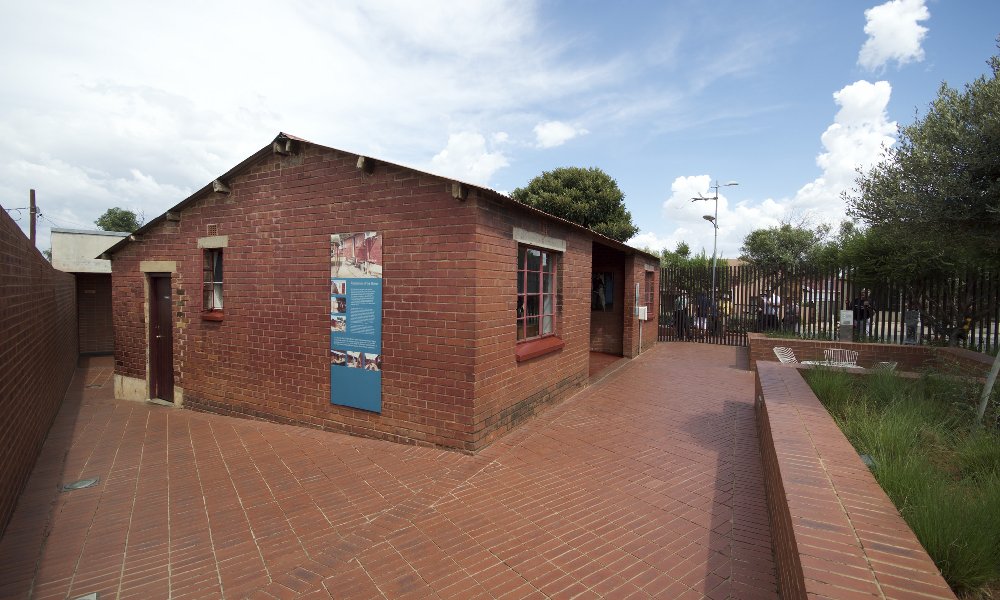
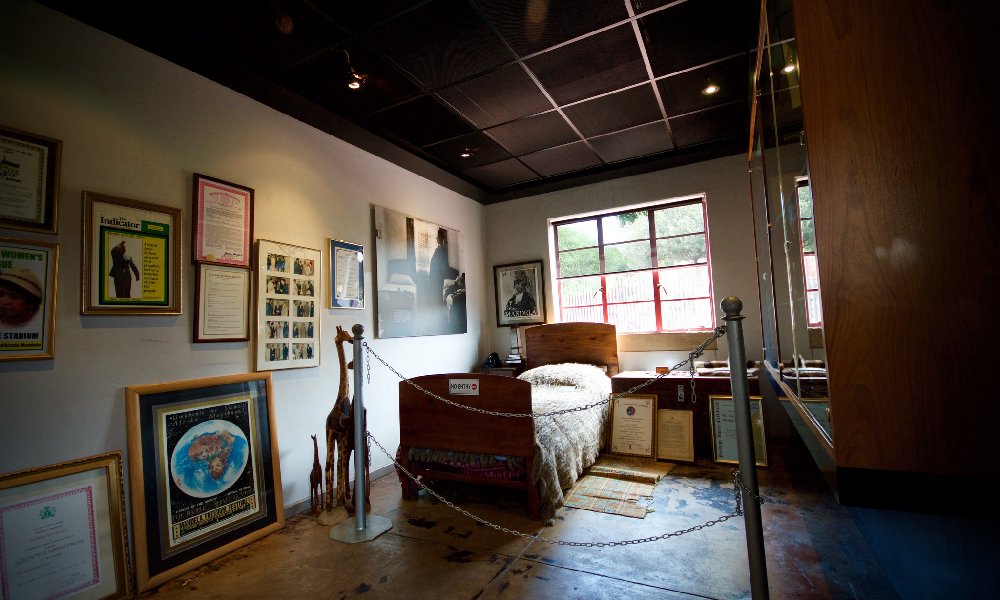
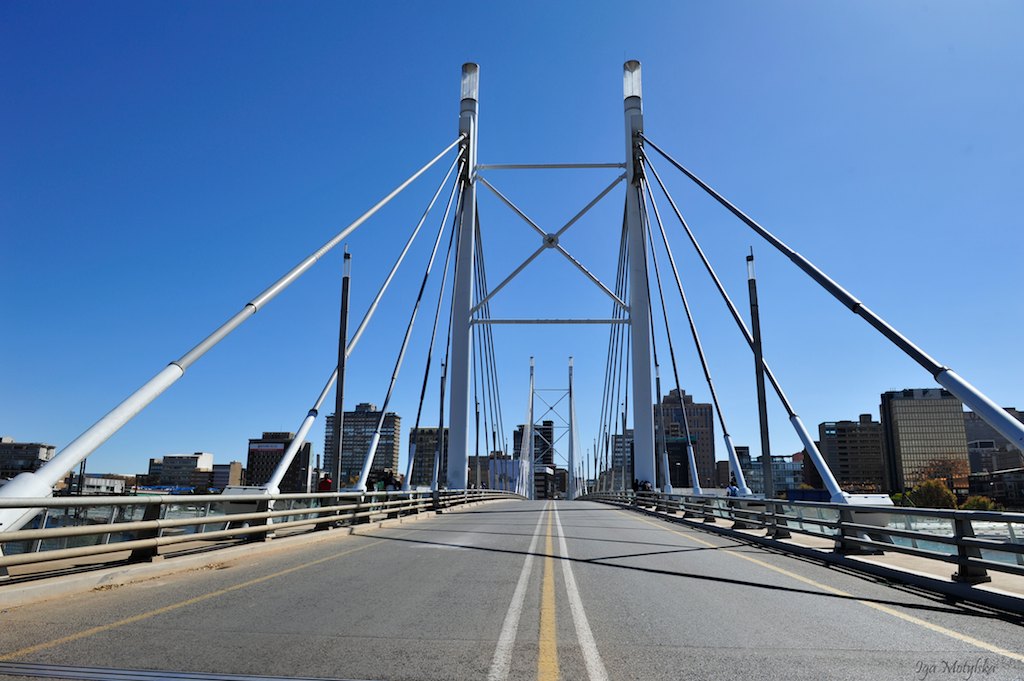
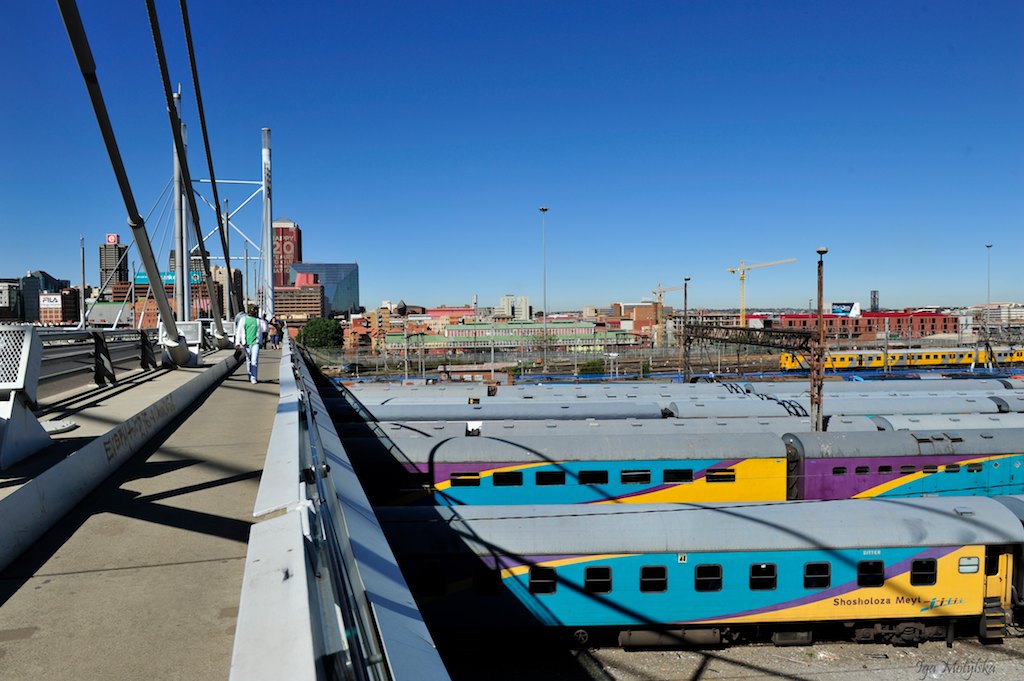
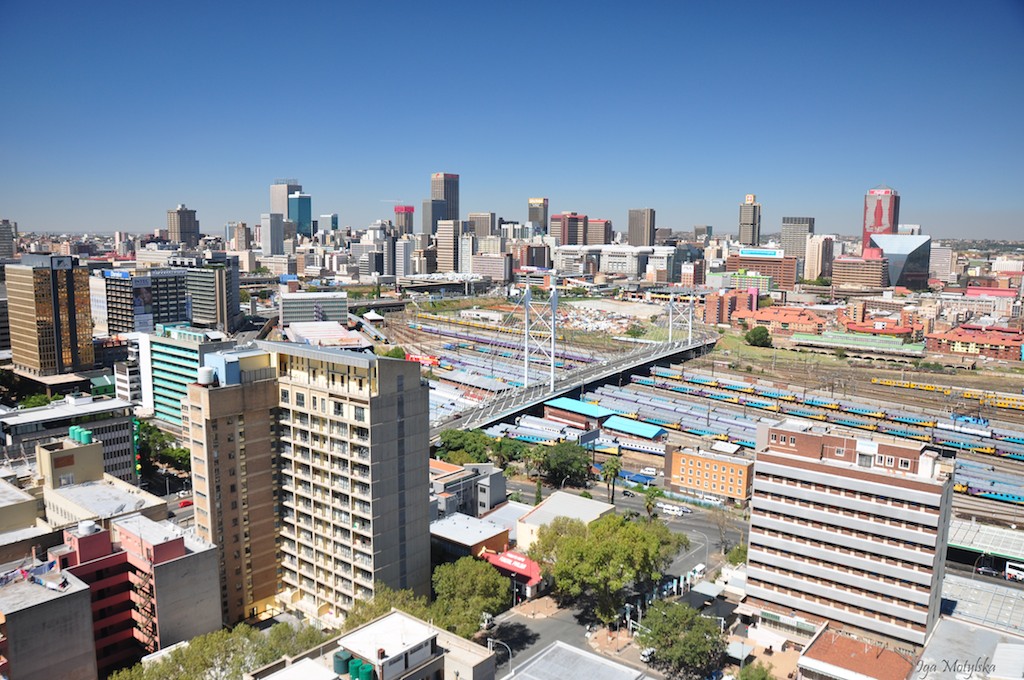

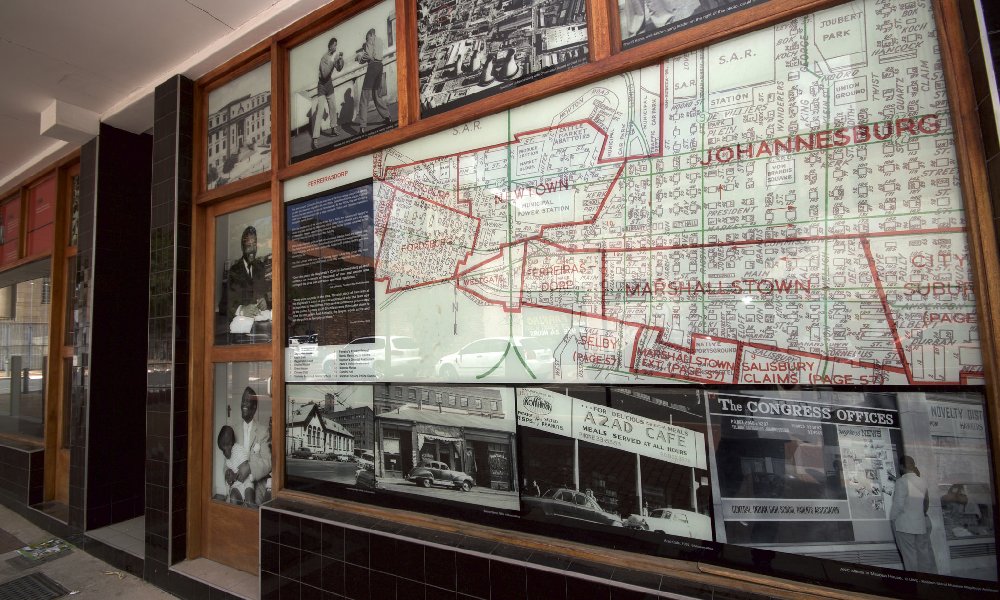

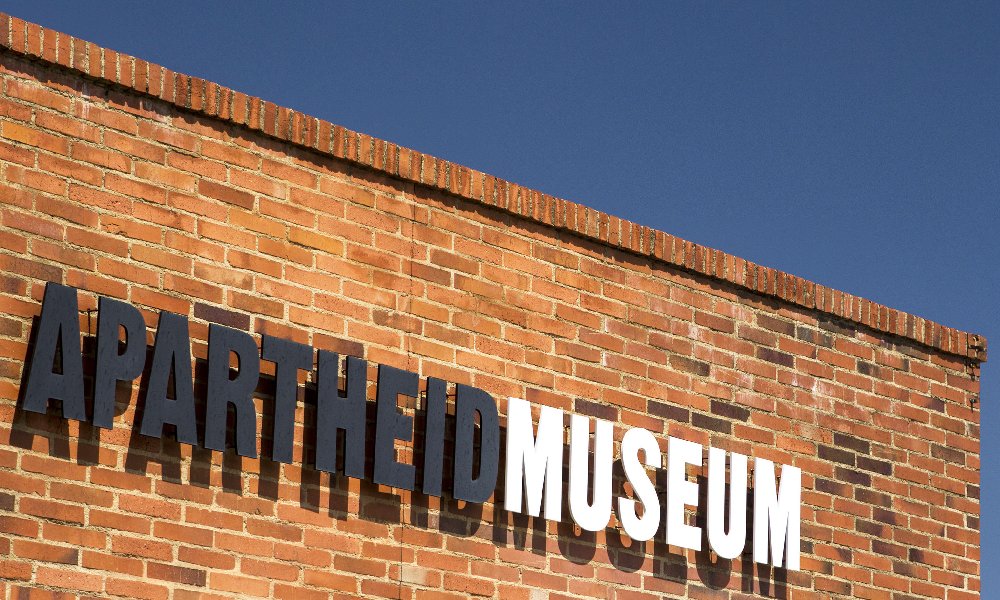
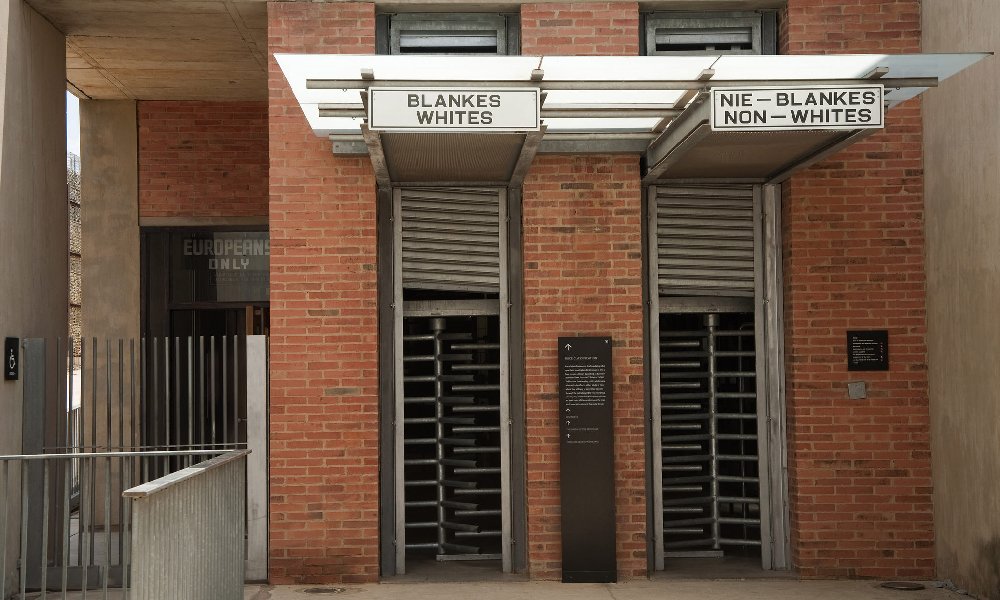

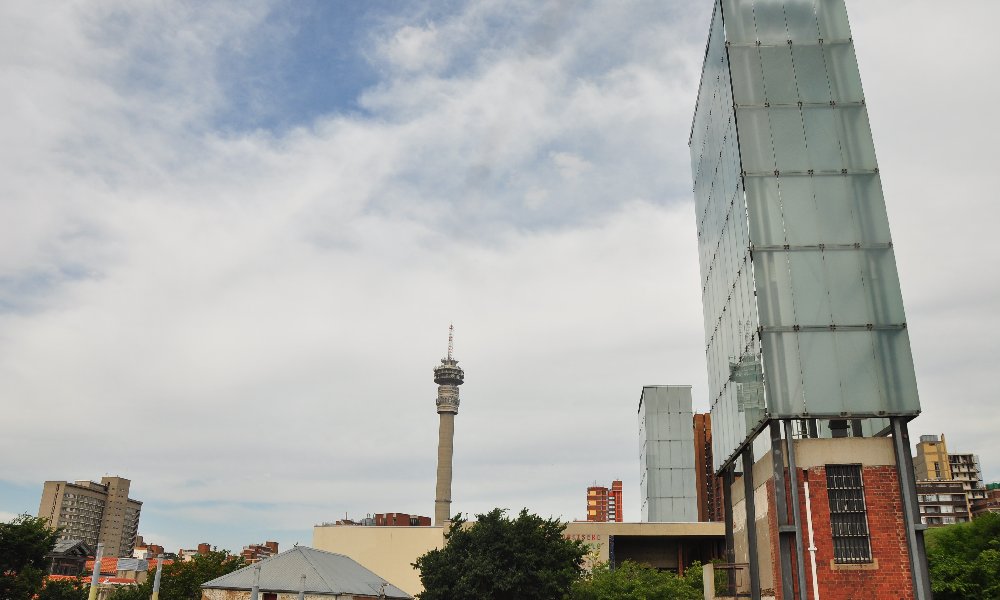
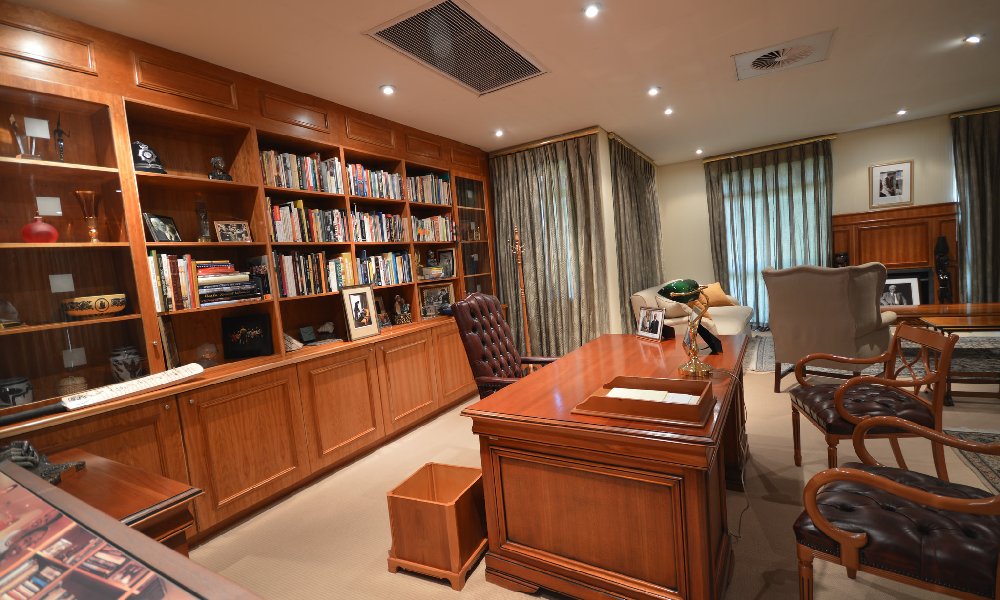
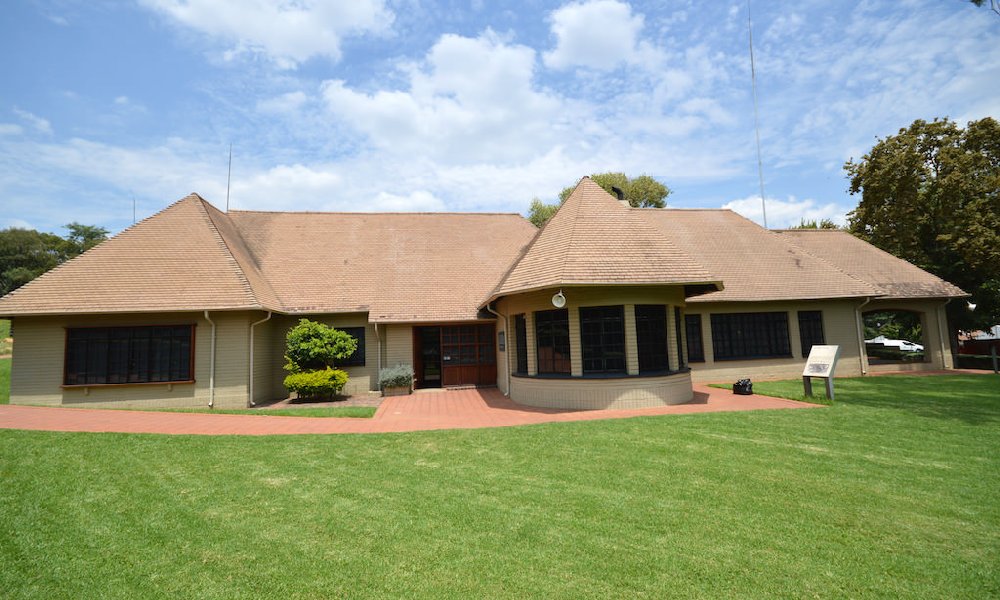
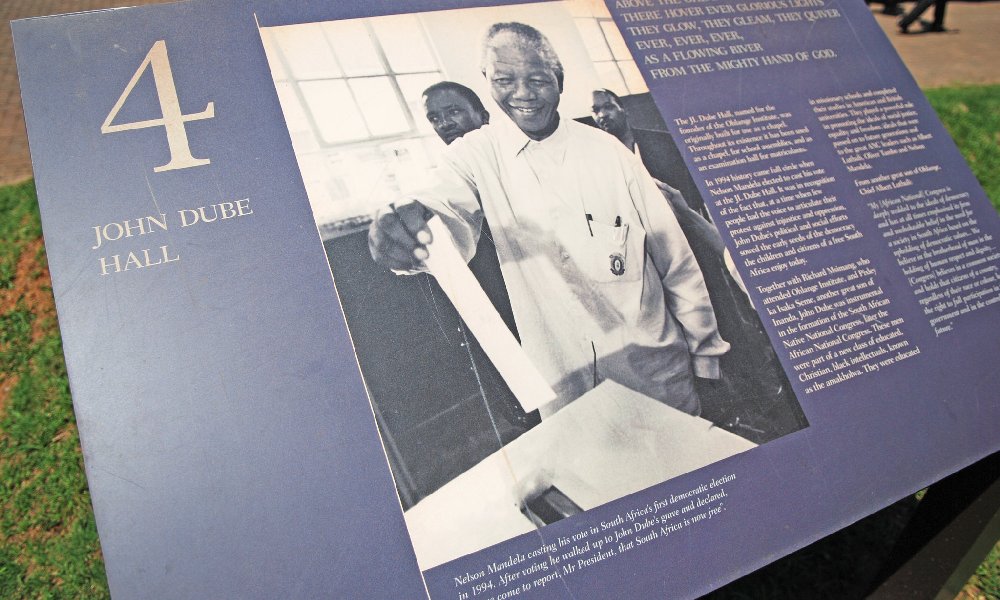
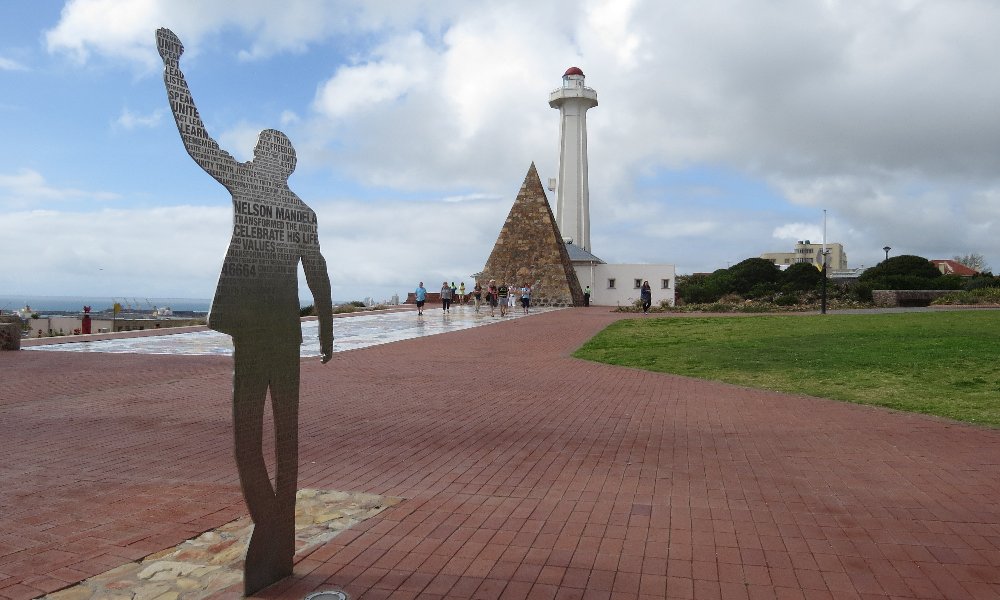
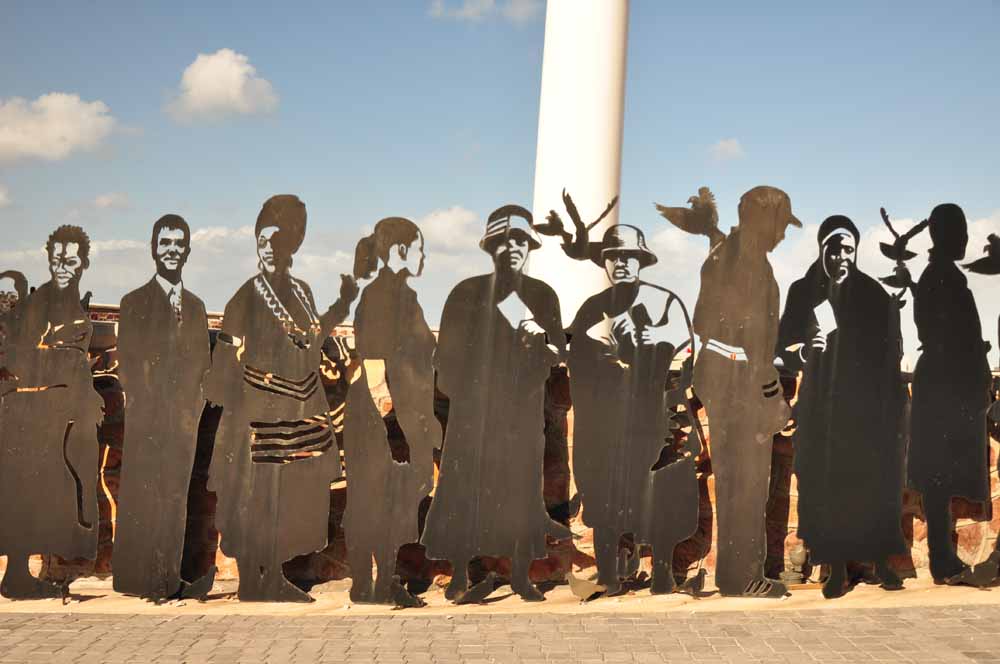

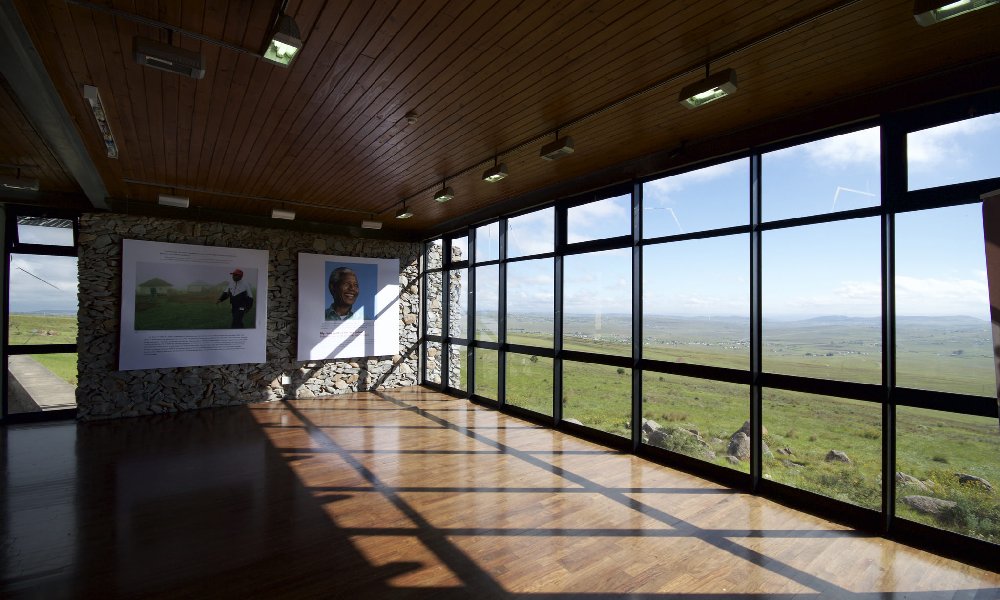
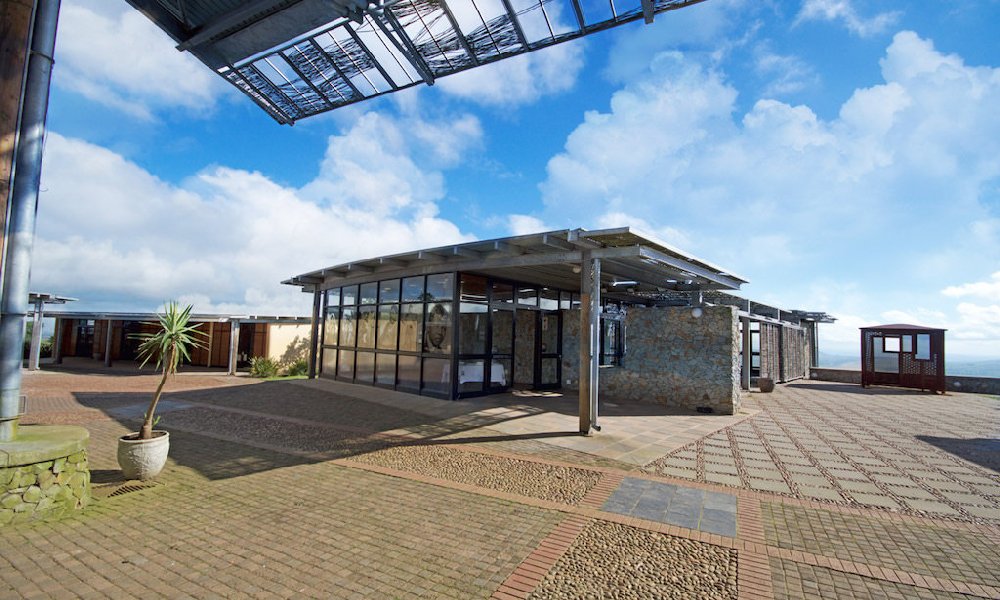
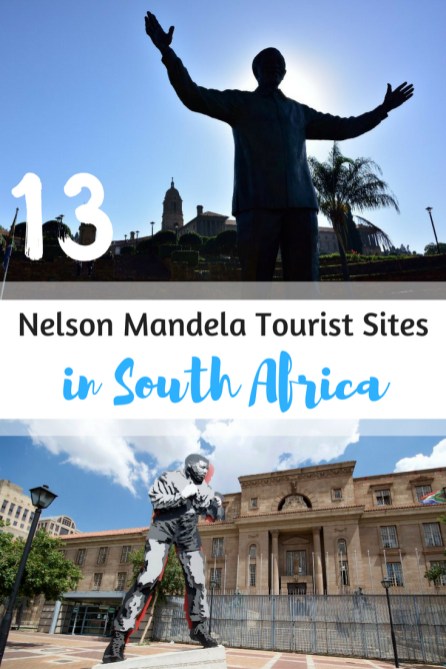
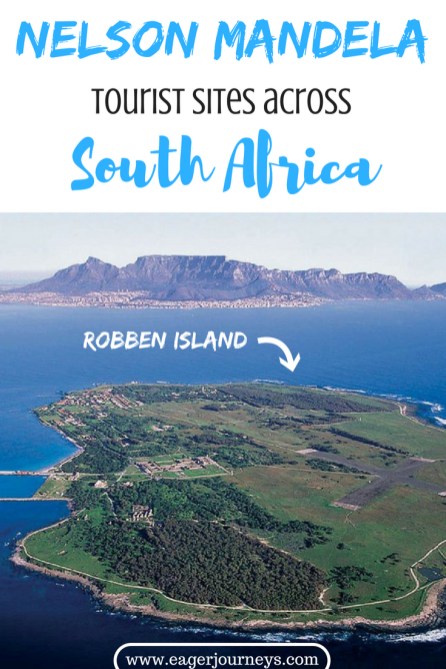
I never realised that i am missing so much information and history of one of the greatest icon. this is so informative and can be used for school projects. i will definitely save this for the future should the kids needs to write on this. we can learn so much from the icon.
thank you so much
Awesome, I’m so happy to hear that, Louisa! Always here to help, they might find the free app described in the post useful too! :)
I Think – that you have sold me on LOTS of interesting tours and places. Iga – You certainly put your heart and soul into all of posts. Very interesting reading. I have already decided that whilst in Joburg – (time permitting )I will be taking in the “Taste of Yeoville” tour and perhaps the “Inner City tour” . Also maybe visit Constitution Hall and Aparthied Museum. Whilst in Cape Town you have wet my appetite to take the boat ride across to Robben Island.
So many sites to see and experiences to be had! You truly do make every place sound absolutely amazing!! I really look forward to my stay in Joburg and my 20 day tour down to Cape Town. THANK YOU!!
Such a great list, thanks! We’re going back to South Africa this November and will be in Johannesburg this time, I’m going to try to visit a lot of the things you mentioned here. Last year I made it to Robben Island and it was a powerful experience. We also visited the Wild Coast and seeing the sorts of villages where he grew up was also a good experience.
Very interesting article. A must read for those who want to visit South Africa!
Nelson Mandela was such an inspirational character, and he still continues to inspire us all around the world. His biography, Long Walk To Freedom is one of my favourite books. I got to visit Joburg earlier this year and saw his house in Soweto. Unfortunately, I didn’t get to see the Apartheid Museum because my trip had some complications due to my illness. Thanks for posting and reminding us that human rights are still very much work in progress.